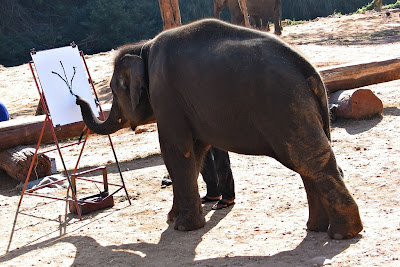The history of Mae Salong is most interesting…
In 1949, Chinese Communist Party defeated Kuomintang (KMT), or Nationalist Party, in the civil war. Nationalist troops under the command of Chiang Kai-Shek retreated across the Formosa Strait to
The Thai military agreed to let the KMT stay if they helped to suppress Communism, which they believe would become rife among the hill tribes at the time of Vietnam War. In return for their help, the KMT were allowed to control and tax the local opium trade. By 1967, almost 90% of opium hauled into
The area around Mae Salong was relatively lawless until 1980s. When Khun Sa, the opium warlord, retreated to
The main population of Mae Salong is made up of old KMT soldiers and their descendants, who speak the dialect of Yunnanese. Its surrounding area is dotted with hill tribe villages. Hill tribe villagers can be seen at the market in Mae Salong.
Mae Salong has been renamed Santikiri (“Hill of Peace”), but most people still refer to it by its old name.
Here we come, Mae Salong…

General Duan Xi Wen’s mausoleum…

Tea shop, Chinese style…

OTOP means “One Tambon One Product”. Tambon is an administrative area in
This is me drinking Oolong tea…

Flowers along the road…

The real 7 Eleven, open 7.00 am, closed 11.00 pm…



























